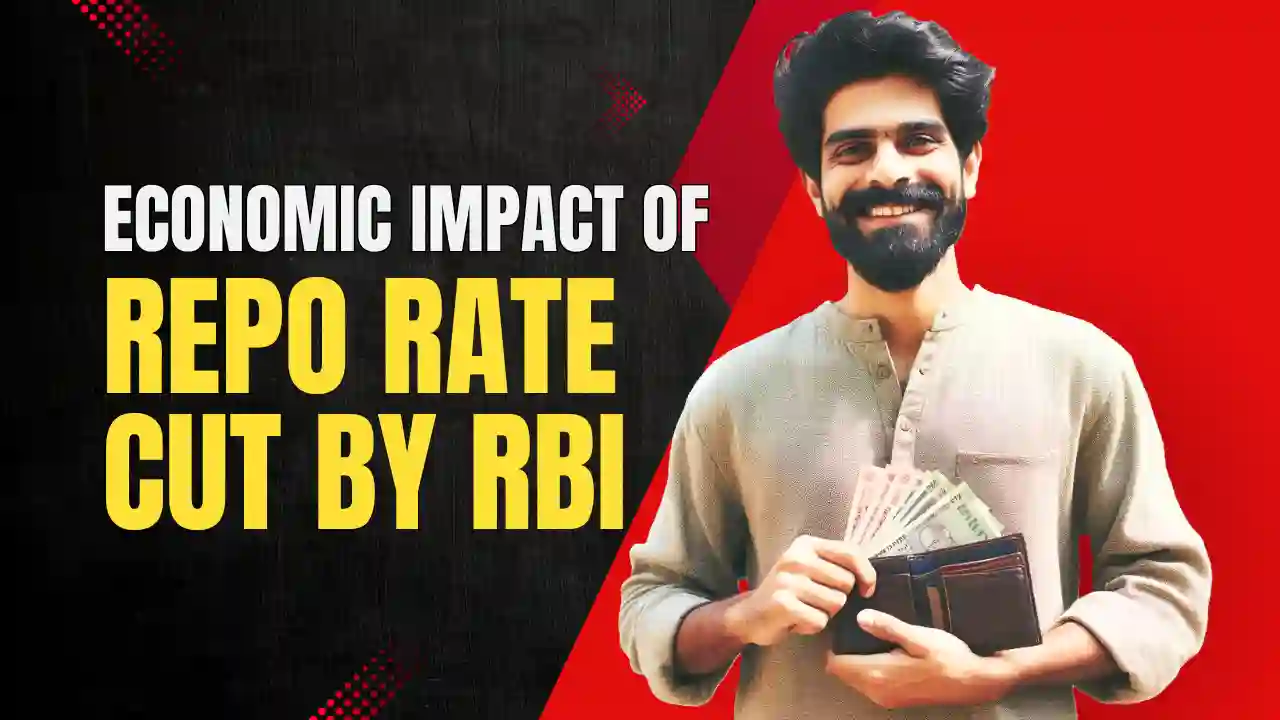
In its latest monetary policy review, the Reserve Bank of India (RBI) announced a 25 basis point cut in the repo rate, bringing it down to 6%. This decision marks a shift in the central bank’s policy stance and comes at a crucial time for the Indian economy.
But what does this mean for you and the country at large? Let’s break it down.
Why Has the RBI Cut the Repo Rate?
The repo rate is the rate at which the RBI lends short-term funds to commercial banks. A cut in the repo rate signals an intent to lower the cost of borrowing, both for banks and, in turn, for businesses and consumers.
There are several reasons behind the RBI's decision to cut the rate:
-
Slowdown in Economic Growth: Recent data has shown a moderation in GDP growth and industrial output. The RBI aims to stimulate demand by making credit cheaper and more accessible.
-
Benign Inflation: Consumer inflation remains within the RBI’s comfort zone, giving the central bank the room to support growth without triggering price instability.
-
Global Headwinds: With global economic uncertainty due to geopolitical tensions and sluggish trade, the RBI is taking a proactive approach to safeguard India’s economic momentum.
-
Liquidity and Credit Flow: Enhancing liquidity in the system is vital, especially for sectors like MSMEs and real estate, which are still recovering from post-pandemic stress.
Impact of the Repo Rate Cut
The 25 bps rate cut has several ripple effects across sectors of the economy:
✅ Impact on Borrowers:
Lower interest rates translate to cheaper EMIs on home loans, auto loans, and personal loans. This encourages higher consumer spending and supports sectors like real estate and automobiles.
✅ Impact on Businesses:
Corporates benefit from reduced borrowing costs, which can boost capital investment and improve profitability. MSMEs, in particular, may find easier access to working capital.
✅ Impact on Banks and NBFCs:
While banks may see margin pressures due to reduced lending rates, increased credit demand could balance this out. NBFCs could see improved funding conditions and increased demand for loans.
✅ Impact on Investors:
Bond markets often react positively to rate cuts, pushing bond prices higher. However, lower interest rates could also lead to volatility in equity markets as investors reassess sectoral prospects.
✅ Impact on the Economy:
Overall, the rate cut is expected to boost consumption and investment, which are critical to sustaining India’s economic recovery amidst global uncertainty.
Conclusion
The RBI’s decision to cut the repo rate to 6% by 25 basis points is a strategic move to support the economy amid growth concerns and global headwinds. While the real impact will unfold over the next few quarters, the message is clear: the central bank is prioritizing growth and liquidity while keeping a watchful eye on inflation.
For borrowers, investors, and businesses alike, this is a moment to reassess strategies and make the most of a more accommodative monetary policy environment.



